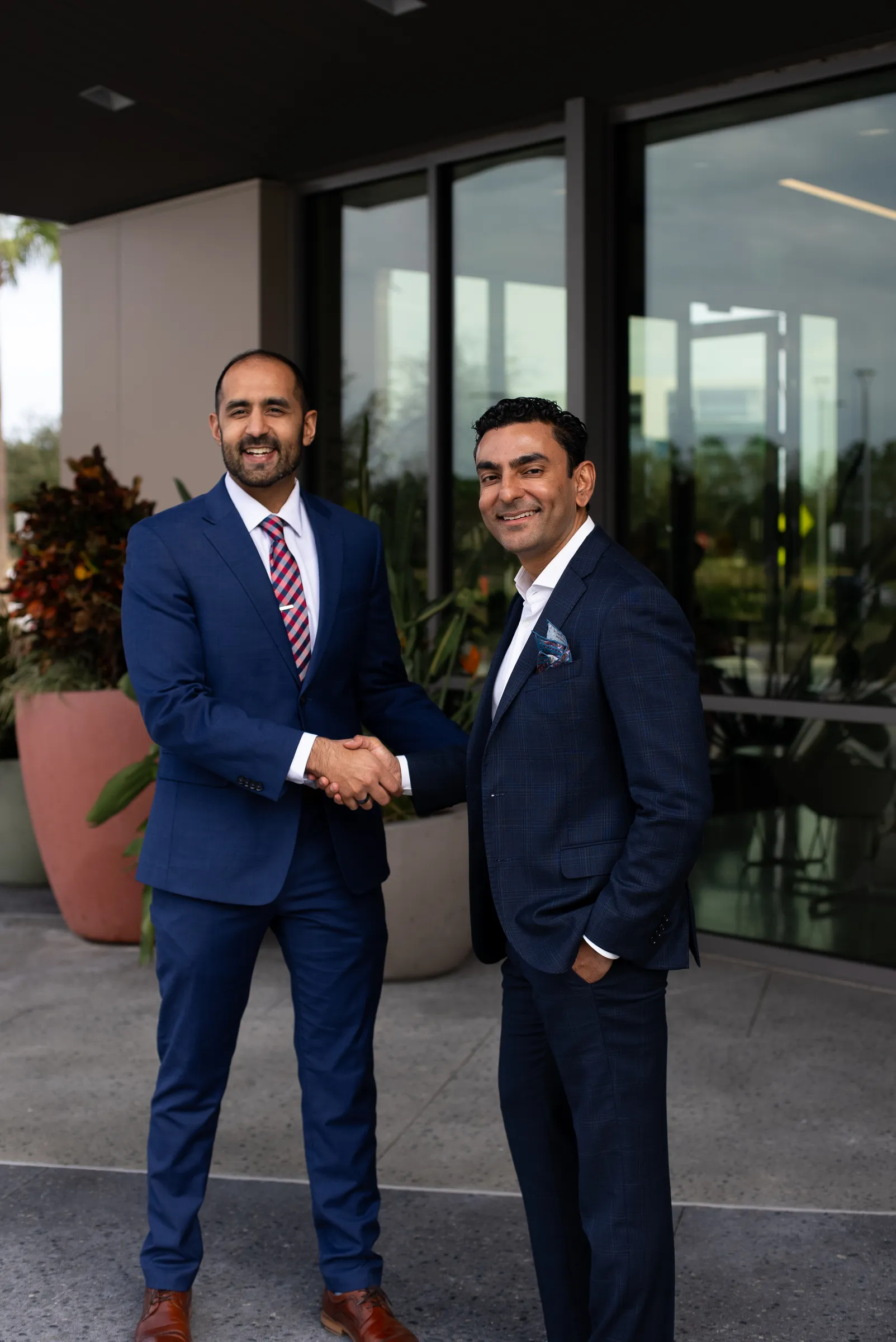
Glaucoma is an eye condition that damages the optic nerve, which is what sends visual information from the eye to the brain. This damage is typically caused by increased pressure, also known as intraocular pressure.
“When you damage those fibers within the nerve, you can start to loose your peripheral vision, or your side vision,” says Chirag Patel, M.D., a fellowship trained ophthalmologist and founder of Lake Nona Ophthalmology. “That’s the reason it’s dangerous; because it affects the part of your vision that we don’t readily pay attention to.”
There are three major types of glaucoma: open-angle (chronic), angle-closure (acute), and congenital.
Open-angle glaucoma is the most common form, with 90 percent of all cases in the United States relating to this particular form of the disease. The pressure in the eye continues to slowly build over time, pushing against the optic nerve. It is painless and the only signs are gradual vision loss and changes in the optic nerve. Open-angle glaucoma runs in families and those of African descent are typically at a higher risk of contracting it.
Angle-closure glaucoma is quick, severe and painful with the rise of pressure in the eye. If angle-closure glaucoma is detected in one eye, the patient is at risk for obtaining it in the other eye. Dilating eye drops or certain medicines can cause this type of glaucoma.
Congenital glaucoma often runs in families and is detected slightly after birth. It is caused by abnormal eye development. Trauma, diseases and drugs like corticosteroids can cause secondary glaucoma.
Thorough eye examinations are needed to detect glaucoma. A tonometry test is also given to measure eye pressure; however, eye pressure constantly changes and some glaucoma patients present with normal eye pressure.
“Typically the pressure of the eye should be between 10 and 20,” says Dr. Patel. “Depending on various details of the eye, such as the thickness of the cornea, we can really estimate the actual pressure of the eye. If you have a high pressure of the eye above 20, it can be a risk factor of glaucoma; but you don’t have to have high pressure to have glaucoma.”
Patients who are typically diagnosed with glaucoma often have trouble seeing things out of the corner of their eye, such as when driving or walking.
“You loose all your vision until all you look out through is a small tunnel, like a straw,” Dr. Patel says. “That’s your field of vision.”
Treatments depend on the type of glaucoma diagnosed, but they all have the same goal: to reduce eye pressure. Treatments can vary in the form of eye drops, laser therapy, surgery, or medicine taken by mouth or by an IV.
“We don’t currently have a cure for glaucoma,” Dr. Patel says. “We have treatments to slow down the progression of the disease, and hopefully keep it at bay, but there is no cure.”
While there is nothing specific that one can do to prevent this disease, it is very important to live a healthy lifestyle. Dr. Patel cautions patients against smoking and excessive drinking, and will urge them to make sure that they get early and yearly screening. Adults should have a complete eye exam before the age of 40, especially if they have any risk factors, such as family history, or any eye problems.


